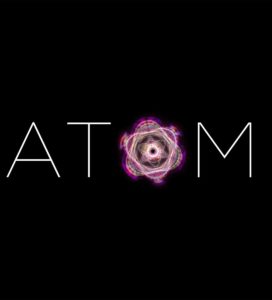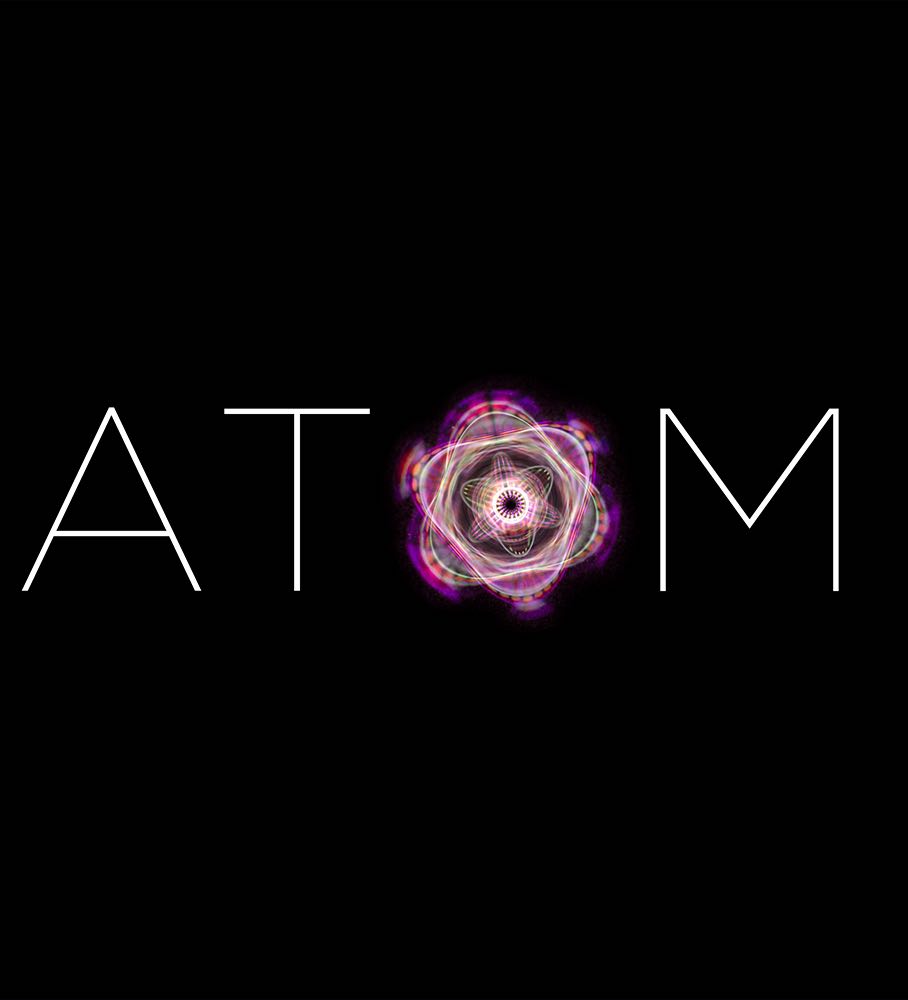 The Public-private consortium ATOM has announced today that it is collaborating with NVIDIA to scale ATOM’s AI-driven drug discovery platform.
The Public-private consortium ATOM has announced today that it is collaborating with NVIDIA to scale ATOM’s AI-driven drug discovery platform.
Collaborating with NVIDIA, we intend to advance the role of computation in drug design, reduce experimental bottlenecks, and speed up drug discovery,” said Barry Selick, Ph.D., Governing Board member of ATOM and Vice Chancellor of Business Development, Innovation, and Partnerships at UCSF. “Scientists at ATOM have created a predictive model development pipeline that calls upon large datasets to build and test predictive machine learning models which consider pharmacokinetics, safety, developability, and efficacy. NVIDIA will provide additional resources that will enable this pipeline to be run at increased scale and speed.”
Headquartered in San Francisco, the Accelerating Therapeutics for Opportunities in Medicine (ATOM) consortium was formed in October 2017 with the goal of transforming drug discovery from a slow, sequential, and high-failure process into a rapid, integrated, and patient-centric model. ATOM is developing a pre-competitive, pre-clinical platform that integrates diverse data types, such as physicochemical properties, in vitro assay results, and anonymized human clinical data, with AI, high-performance computing, and advanced experimental technologies intended to help shorten the drug discovery timeline.
Drug discovery is in the perfect position to take full advantage of AI, with advancements in high-throughout technologies, AI algorithms and high performance computing,” said Kimberly Powell, VP of Healthcare at NVIDIA. “Working with the ATOM team of experts in drug discovery, precision oncology and supercomputing, we will democratize a data-driven, scalable, AI drug discovery workflow that reduces the time and cost to discover new drugs and accelerate the journey to precision medicine.”
ATOM’s approach leads with computation, employing data-driven modeling and generative molecular design to determine design criteria that consider pharmacology, safety, efficacy, and developability. The active learning design platform aims to selectively incorporate results from mechanistic simulation and human-relevant experimentation to generate and optimize new drug candidates significantly faster and with greater success than conventional processes.
ATOM is using industry-leading GPU-accelerated supercomputers to enable active learning-based design and to support the development of better drugs for patients faster. In support of the consortium’s mission, ATOM and NVIDIA will collaborate to advance and scale the ATOM platform, and make it accessible to the research community.
We are excited to combine forces, working together at the cutting edge of drug discovery, artificial intelligence, and high performance computing, further building the ATOM community with a growing number of academic and industry partnerships,” said Eric Stahlberg, Ph.D., Governing Board member of ATOM and Director of Bioinformatics and Data Science at the Frederick National Laboratory.
In this video from the HPC User Forum, Amanda Minnich from Lawrence Livermore National Laboratory presents: Accelerating Therapeutics for Opportunities in Medicine (ATOM).




